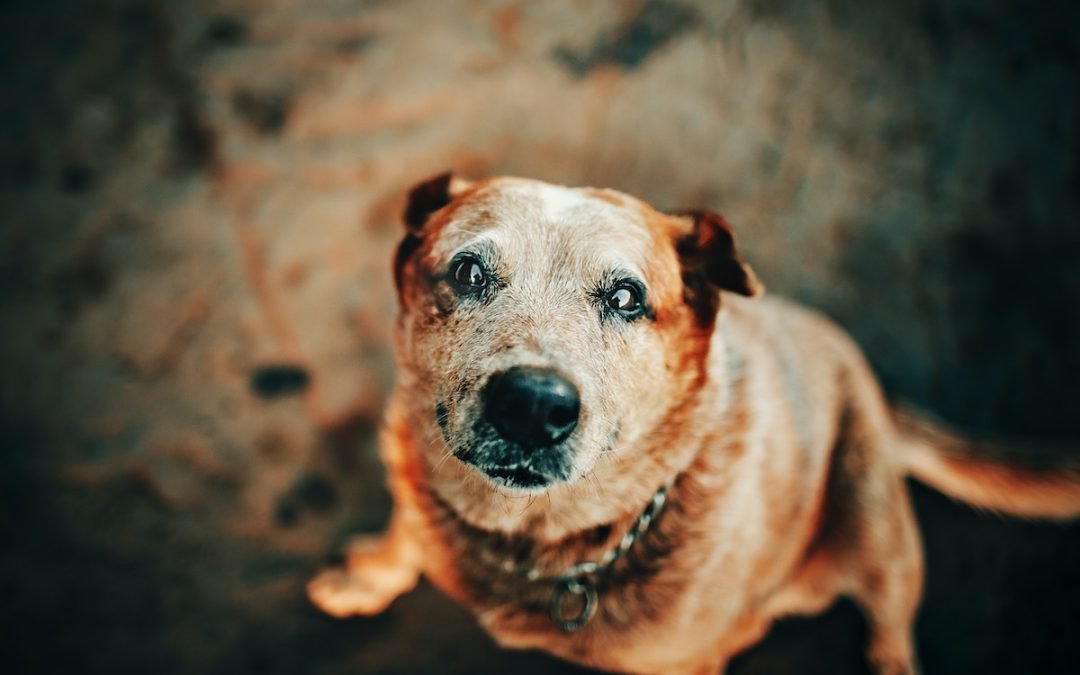Your dog’s hind legs are stiff, they can’t hear you calling their name, they have a dread of thunderstorms that they used to sleep through, and their muzzle has long since turned gray. These aging indications become more noticeable as time passes, and nighttime wandering, disorientation, trouble climbing stairs, and indoor accidents begin.
Your dog is now approaching the twilight period. A final illness or final trip to the vet are on the horizon, but you’re not prepared to give up just yet. Your senior dog can receive the attention and comfort they require during the brief time you have together with them with a little extra work from you.
How to Care for an Elderly Dog
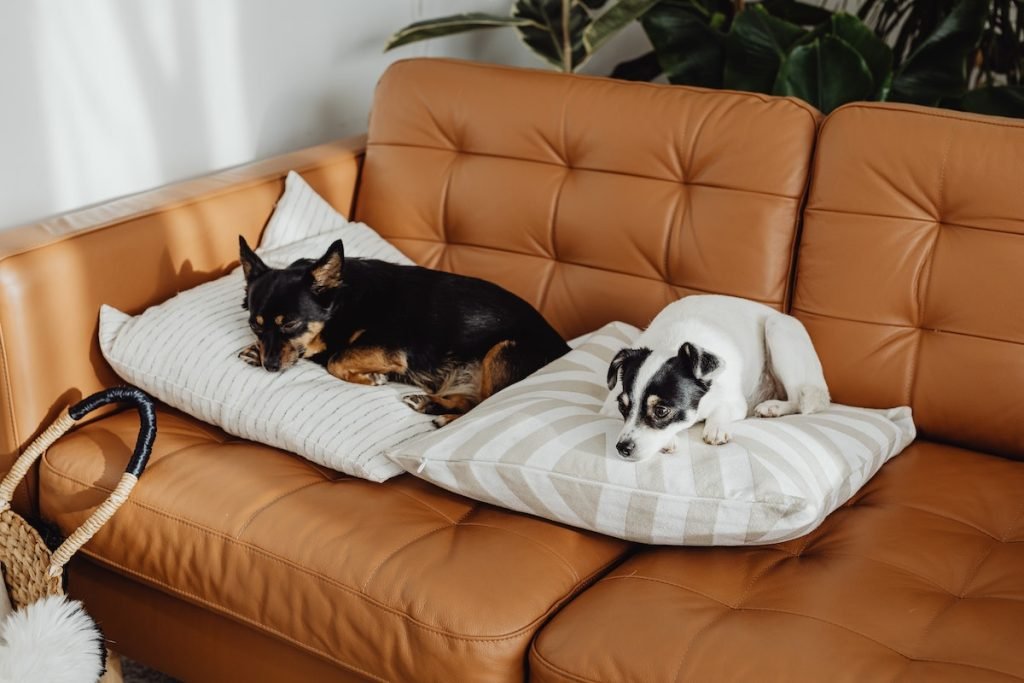
Keep them hydrated
You’re responsible for making sure your elderly dog drinks if they forget where their water bowl is or are physically unable to reach it. Send the water their way.
To help them understand, you might need to wet their mouth while holding the food in front of them. You may add sodium-free chicken bouillon to the water to give it more flavor.
Both the flavor and the scent will make your senior dog want to drink more. They won’t mind the soupiness if a half-cup or two of water are added to food (dry or canned), which will also help hydrate them.
Feeding should be adjusted as needed
Similar to how dietary demands and tastes change with age in humans, so do they in dogs. If your dog experiences that, try modifying their meal schedule.
Small servings offered throughout the day can frequently persuade picky diners. Feed them their normal food for as long as they enjoy it. However, switching from dry to canned food may aid a dog whose teeth have become chipped or damaged, and the richer smell may stimulate appetite.
Make food enticing
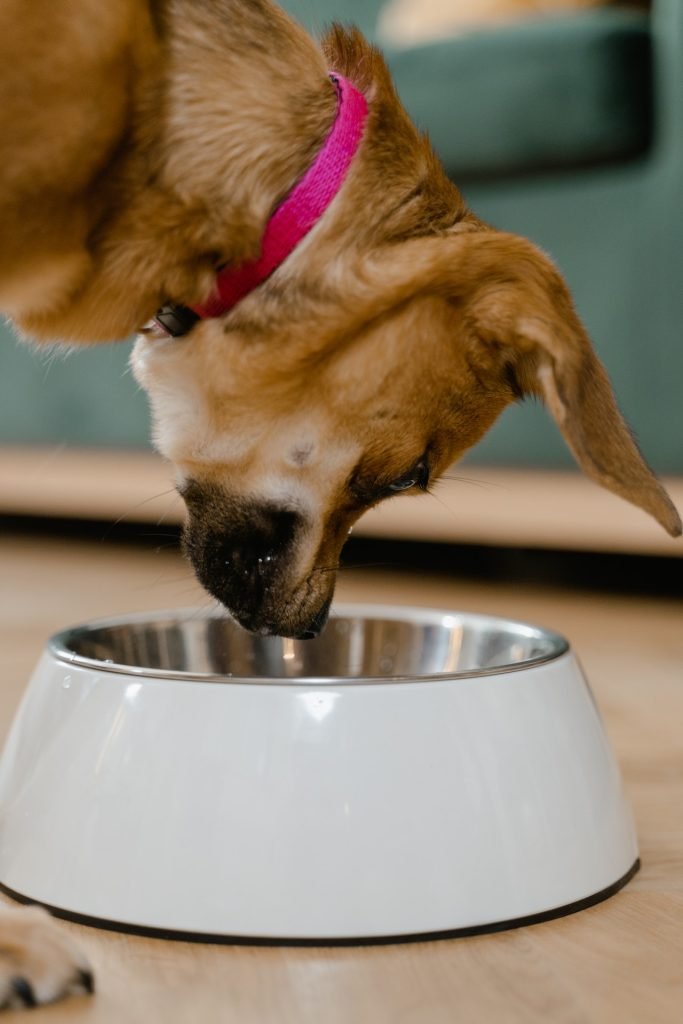
The sense of smell in your dog won’t deteriorate even though their vision and hearing will. They are more inclined to eat meals if they can smell it. To attract interest, microwave the food briefly before adding bouillon or another delicious ingredient.
Likewise, don’t immediately adopt a “senior dog” diet. The phrase is genuinely unregulated, and some of those formulas may be harmful to a dog’s health depending on their individual health conditions. (Be sure to discuss any food adjustments you’re thinking about with your veterinarian.)
Feeding off of one of your own dinner plates is another way to encourage eating. Sometimes, for whatever reason, food served on a “human” plate is more enticing than food served in a bowl for dogs. Keep your dog’s plate next to yours on the table as you eat, and feed them dinner as soon as you’re done.
Raise the food bowl
It can be challenging for some dogs to stoop to reach their bowl. It helps to raise the bowl on a low bench or an elevated feeder.
Consider a dog buffet
Give your dog access to a variety of meals piled up in a casserole-style dish. After they’ve finished what they want to eat, mix the leftovers in a little ball or two and feed it by hand to them if necessary.
Above all else, keep in mind not to press the feeding issue. Of course, your dog is nearing the end if he or she shows little interest in food or drink. Be mindful of the message they’re conveying.
How to Make a Senior Dog More Mobile
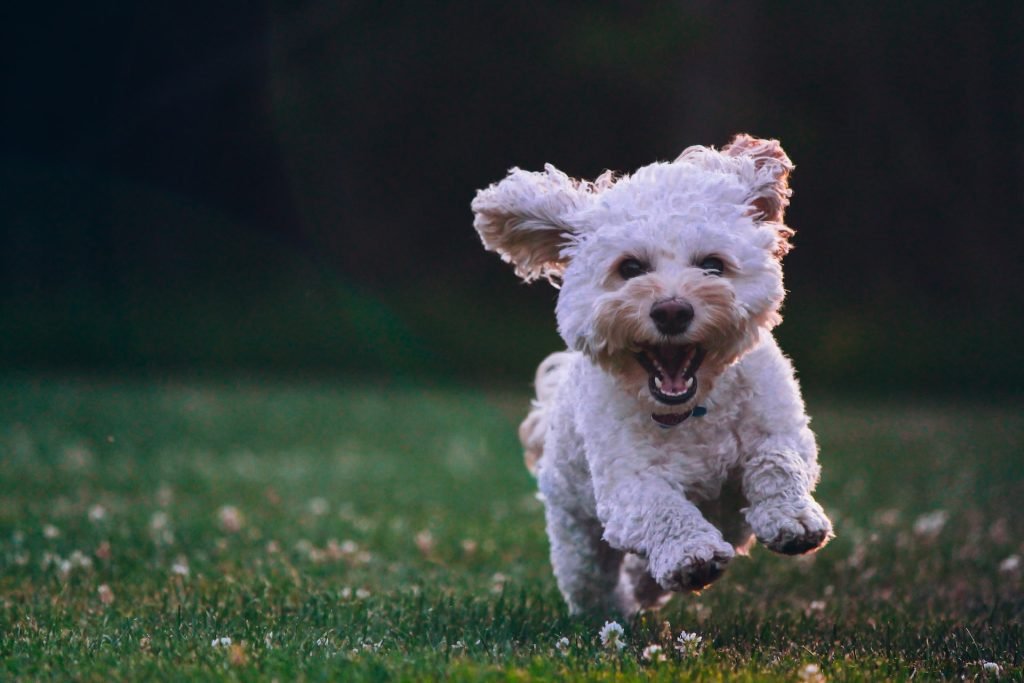
Take short walks
Don’t stop walking your dog because they’re slow and elderly. Dogs require the exercise, mental challenge, and sense of community that walks provide. Just be careful not to overdo it.
Stop when they slow down in warm weather, and dress them in appropriate outdoor clothing — a warm sweater or coat — in cold weather. Make changes to how you define a walk. Sometimes a leisurely drive down the driveway makes for a perfectly enjoyable outing.
Make your own traction pads
Increase traction by putting non-slip rugs inside and nailing a piece of outside carpet to slick stairs. If you have a forgotten yoga mat that is in your closet, you may use it as a traction aid both indoors and outside; it is simple to cut to size if you don’t need the complete length or width.
Rearrange the furniture in the house to improve mobility
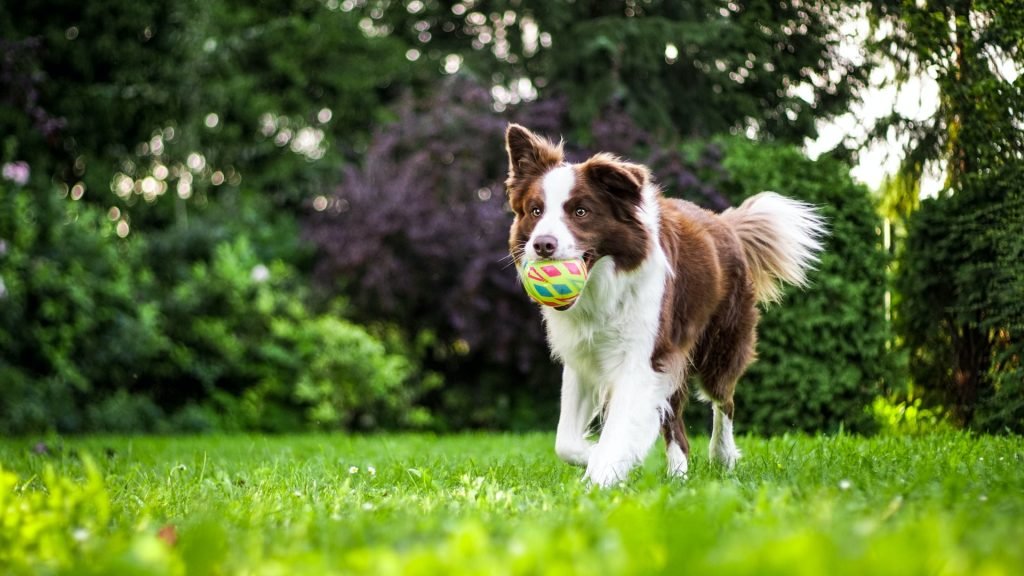
To make it easier for your dog to move around your house, consider moving as much of your furniture as you can. Keep clutter off the ground; an arthritic dog can trip over the smallest stray magazine or slipper. Block off any spots where they could get stuck.
Purchase a ramp or stairs
Steps and ramps designed specifically for dogs can be bought online and in pet stores. Bear in mind, though, that many elderly dogs are hesitant to alter their routines and may be frightened by steep slopes and stairs. Never compel your senior dog to use them.
Make use of towels
When you carry your little dog outside, you can use towels to wrap them up. Alternatively, if your dog is enormous and has trouble moving about, you can use a big towel as a sling. (Pet stores and online retailers also sell dog slings.)
How to Care for a Senior Dog
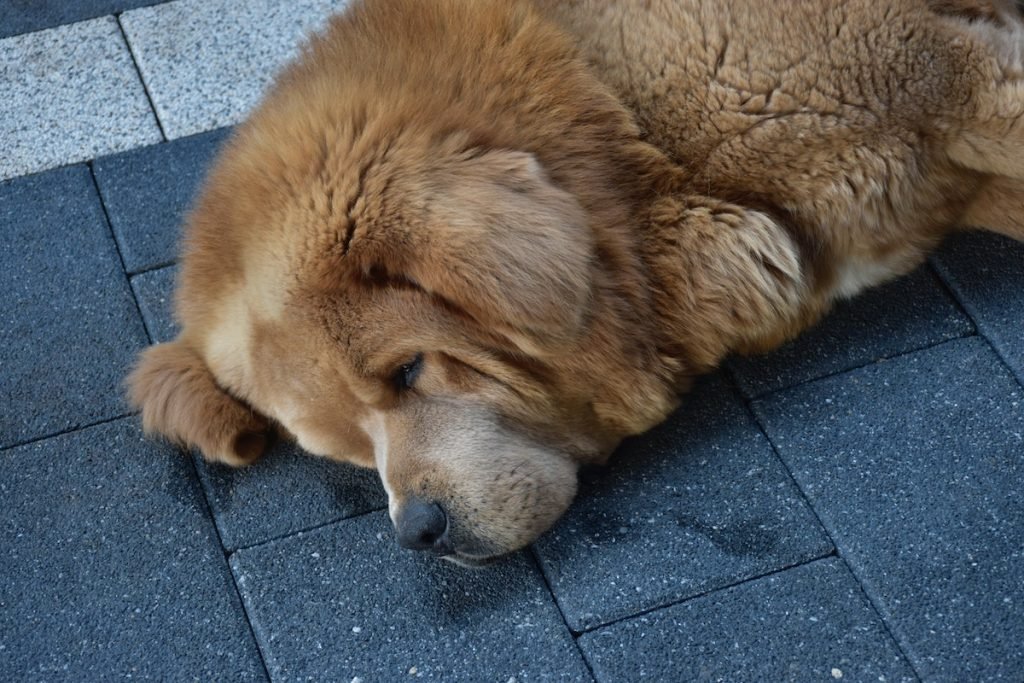
Repeat as necessary
Keep a plastic storage container filled with water in your yard throughout the summer for your elderly dog. If he gets dirty, he can always wash off with the water that has been warmed by the sun.
Having said that, keep in mind that an old dog can be sensitive to temperature changes. Get them as warm and dry as you can if you do manage to get them wet.
Rags all over the place
Always have rags on hand, and inquire at your neighborhood pet store about specialty drying towels. Your elderly dog may be unable to shake off the water as easily as he once did, so these thirsty towels will come in handy.
Use a diaper if necessary
Doggie diapers actually exist, and you may wish to give them a try. Your senior dog can benefit from other items made for housebreaking puppies. Pee pads, for instance, offer a cozy bed if they have accidents while they’re sleeping.
For this purpose, washable waterproof pads are also useful; just buy a few so you always have one or two clean. These pads are frequently sold at medical supply stores and children’s bedding outlets. Odor removers will assist you in keeping your home habitable.
Senior Dog Care
Caring for senior dogs may be both emotionally and physically exhausting. You get the chance to discuss your feelings around the impending loss and come to an agreement on difficult final decisions.
More significantly, the experience provides you with one last opportunity to show the most beloved dog in the world exactly what they truly mean to you.
The next time you have to leave your senior dog behind for an important trip, consider Pets Are Inn Pet Sitting Services in the Plano, TX Area. We have experience caring for pets of all ages, from puppies to seniors. Your pet will have a special time playing and romping in a cage-free environment with people that truly care. Request an appointment by filling out this form.

